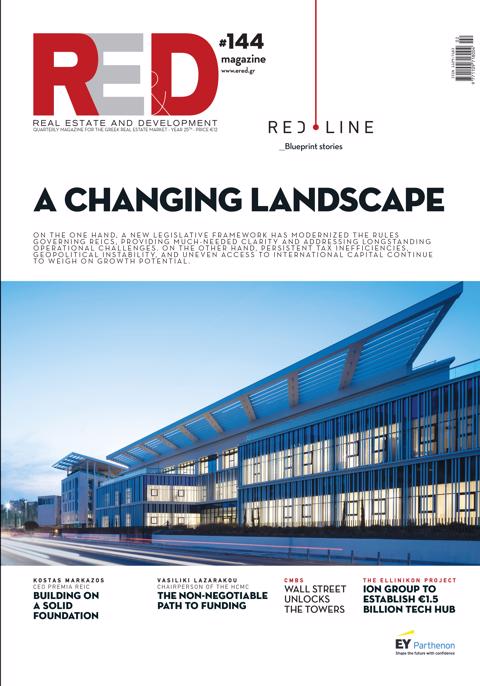The Hellenic Council of State (CoS) recently addressed a critical issue concerning the Ministry of Environment and Energy’s (YPEN) proposed provisions for Zone C, which were deemed unlawful. These provisions sought to incorporate land areas into Zone C that failed to meet the legal criteria for inclusion within the official boundaries of a settlement.
In 2024, a draft Presidential Decree (PD) had been submitted to the CoS and was found lawful under Opinion No. 74/2024, issued in August of that year.
Specifically, the Fifth Chamber of the Council, presided over by Vice President Margarita Gortzolidi and with Associate Judge Zoi Theodorikakou serving as rapporteur, validated the legality of the draft PD. This draft aimed to consolidate two existing regulatory frameworks: one governing the delineation criteria and building terms for settlements established before 1923 and located outside city plans, and another outlining construction terms and restrictions for settlements with populations of up to 2,000 inhabitants.
It is important to note that two Presidential Decrees were in force at the time:
The first, dated 2/13 March 1981, regulates pre-1923 settlements located outside the approved city plan, defining their boundaries and the applicable building restrictions.
The second, dated 24 April 1985, sets forth the boundaries and construction conditions for settlements across Greece with populations not exceeding 2,000 residents.
Following the issuance of Opinion 74/2024, the Ministry resubmitted the same draft PD with certain modifications in March 2025. This revised version was again reviewed by the same chamber, which issued Opinion No. 17/2025.
While the unification of the two legal frameworks was again found lawful, the provisions related to Zone C were rejected. According to the draft PD, Zone C was to include areas beyond Zone B1, extending up to the settlement boundaries as defined by decisions of the regional governor.
However, the CoS noted that the areas in question had:
Been previously included within settlement boundaries through procedurally improper means (primarily through regional authority decisions, rather than by Presidential Decree),
And lacked the substantive criteria required for inclusion, as outlined in the PD itself.
The Court emphasized that these areas, based on their physical and planning characteristics, should have been classified as outside the settlement boundaries, and would only be eligible for development under the regulations applicable to out-of-plan areas.
As the Council clearly stated:
“The recognition of Zone C would constitute, in effect, a de facto expansion of the settlement—something expressly prohibited both by the enabling legislation and by the provisions of the draft Presidential Decree.”
Nonetheless, the CoS clarified that such an expansion is not categorically excluded. It is permissible only following proper urban planning of the affected areas. This requires:
The prior adoption of an approved Local Urban Plan (TΠΣ) or Special Urban Plan (EΠΣ),
And, until such plans are in effect, the existence of a General Urban Plan (ΓΠΣ) or Spatial and Urban Planning Framework (ΣΧΟΟΑΠ).















